75005 Paris
Session as part of the Festival des Cinémas Différents et Expérimentaux de Paris.
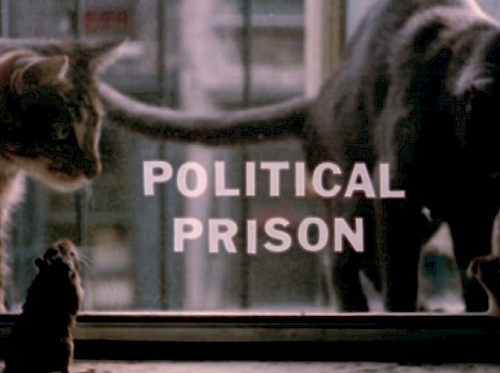
Joyce Wieland
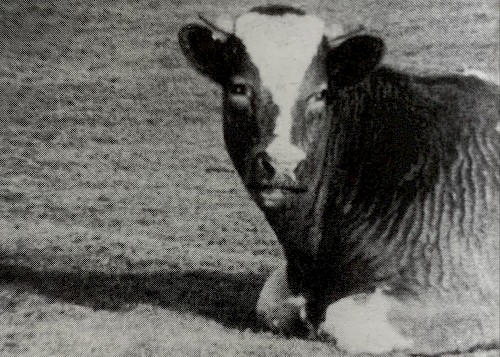
Georges Rey
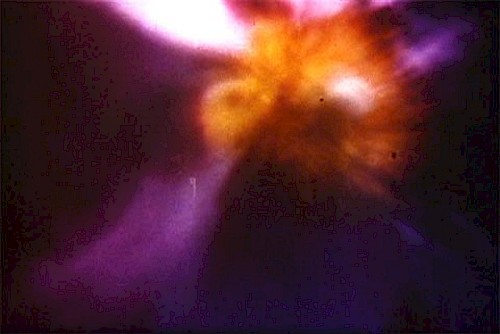
Robert Schaller

Pierre-Yves Clouin

John Smith
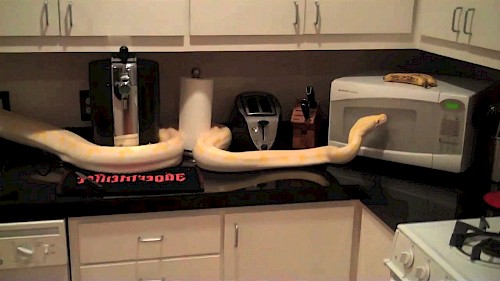
Neozoon
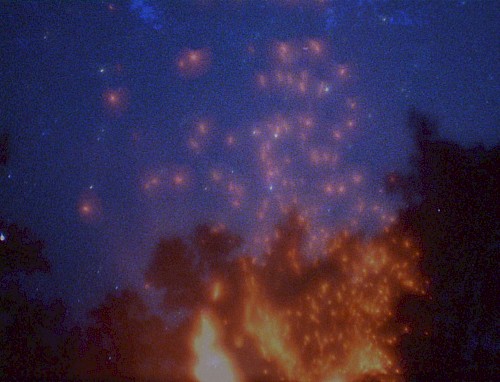
Peter Miller
Ana Vaz

Milja Viita
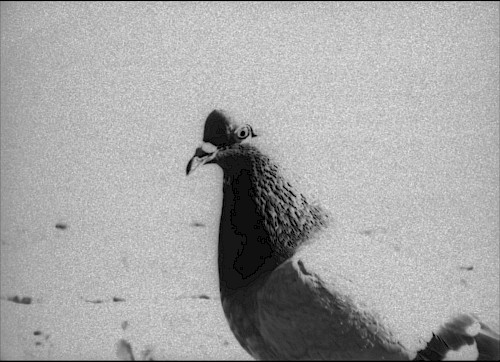
Léa Lanoë
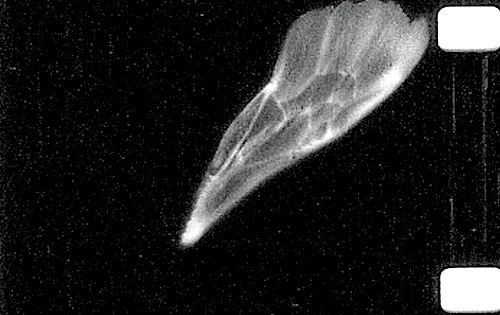
Vicky Smith
“Animals witness the world. We witness the world with them, at the same time as they do. This community of the sense of sight binds us together [nous apparie] and makes us akin [nous apparente]… It’s not a question of beauty, but of an intensity that can be rendered back to us.”
Jean-Christophe Bailly, Le Versant animal, Paris, Bayard, 2001.
Drawing on the reflections of Jean-Christophe Bailly, this collection of short films offers a variety of explorations of human-animal relations, focusing on a different way of being, one that distances us from our anthropocentric preoccupations. Moving from a domineering overview to a more empathetic approach. Deconstructing so-called human superiority by celebrating the beauty, sensitivity and even creativity of animals. Cinema as a way of (re)thinking our relationship with animals by breaking away from human exclusivity. How the animal, as seen through the lens of experimental cinema, upsets the way we look at things, shifts our perception, and questions speciesist impulses. A different kind of cinema, one that formulates hypotheses about animal perception, also involves the development of collaborative processes and inclusive strategies that give non-humans more space in film-making. The camera allows us to question our privileges by shifting our gaze and granting new status to the animal. Breaking with our habits of representation, where technology is no longer called upon to dominate the other (the animal, nature) but, on the contrary, to establish a new form of sharing sensory experience.
For example, when Peter Miller delegates the creation of the images in his film to fireflies, leaving it up to them to imprint the film with their luminosity. Joyce Wieland, meanwhile, proposes a mischievous fiction that assigns typically “human” roles to cats and rats. Or when Vicky Smith - in a gesture reminiscent of Stan Brakhage’s 1963 film Mothlight - uses dead bees to make a film that is also a warning about environmental degradation and its fatal consequences for these insects.
What is this ruminant staring at us through Georges Rey’s lens? What do the many reptiles in Neozoon’s video have in common? How does a bee see?
“Animal pensiveness is neither entertainment nor curiosity: what it establishes is that the world we live in is looked at by other beings, that there is a sharing of the visible between creatures, and that a politics, based on this, could still be invented, if it’s not too late.”
Jean-Christophe Bailly, Le Versant animal.
